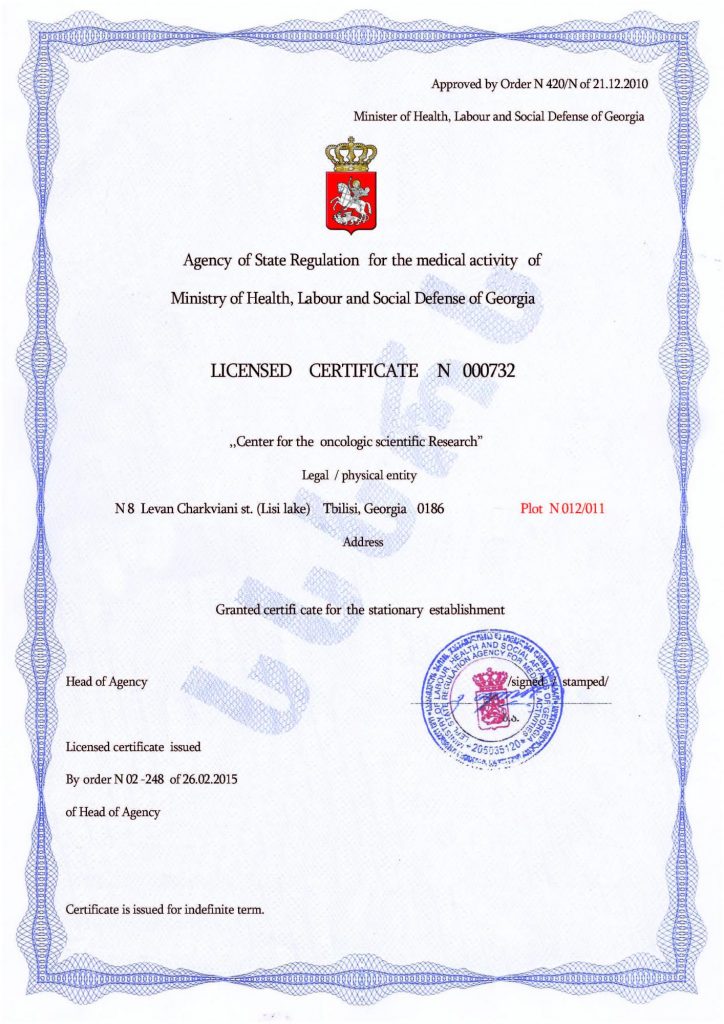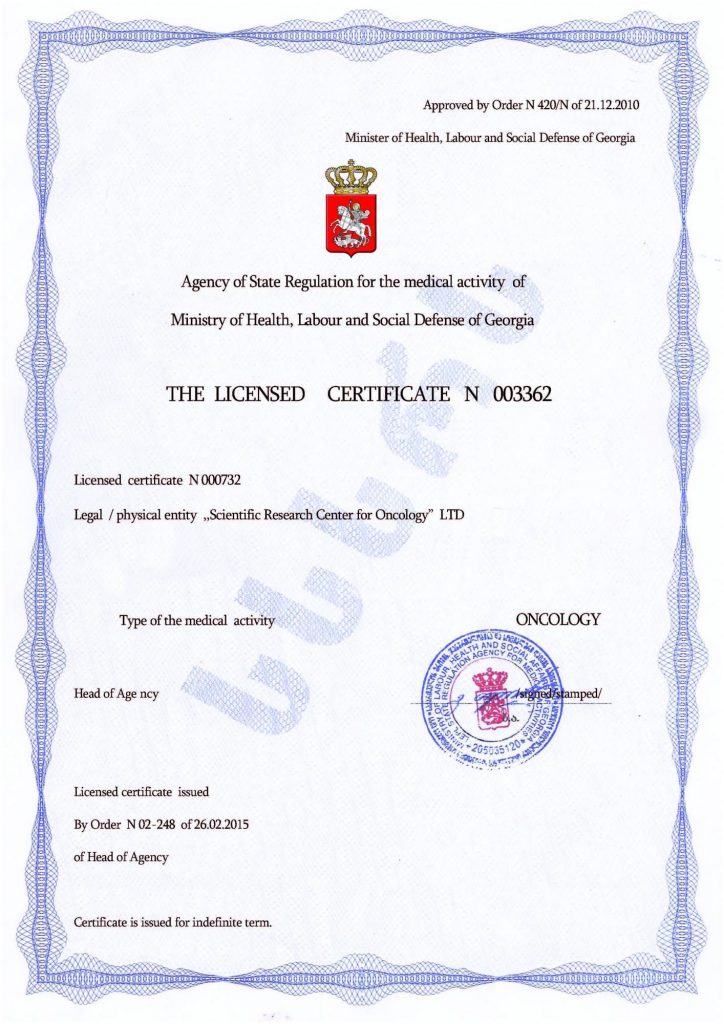A Child with Autism is Obsessed with Water
The appeal of water and its role for autistic individuals can be explained by a combination of neurophysiological characteristics and emotional, sensory, cognitive, and behavioral factors. The variety of reasons is broad and can be divided into several categories.
Scientific and Sensory Aspects
- Sensory Regulation and Deep Pressure
Many autistic individuals have difficulty processing sensory information, often showing hypersensitivity or hyposensitivity. Water provides even, static pressure on the body and has a calming effect on the sensory system—similar to a weighted blanket. This helps reduce anxiety and improve self-regulation.
- Pouring water, playing with foam or splashes creates predictable sensory stimuli that don’t overwhelm the nervous system.
- Bathing or swimming can reduce anxiety due to the uniform pressure of water, imitating the effect of deep pressure—critical for sensory dysregulation.
- Reduction of Stereotypies and Motor Skill Improvement
Aquatic therapy helps reduce stereotypical movements and improve motor skills. Research shows that physical activity in water can replace the need for repetitive actions, leading to better social integration and behavior. - Safe and Predictable Conditions
Water offers a controlled sensory environment, which is crucial for individuals with autism who are prone to anxiety triggered by change.
Behavioral and Emotional Aspects
- Sensory Enjoyment and Rituals
Autistic individuals often enjoy repetitive actions, like pouring water, which provide both stimulation and predictability. - Emotional Release
Water can be a source of joy and relaxation, offering a safe space to express emotions. Water-based activities help produce endorphins and serotonin, improving mood and emotional balance.
- Water games (e.g., making fountains or foam parties) trigger positive emotions, helping to ease anxiety and fear.
- Contact with water, according to some studies, reduces cortisol (stress hormone) levels and improves mental health—especially important for individuals prone to anxiety.
- Social Integration and Learning
Specialized swim programs teach water safety and encourage trust, confidence, and communication skills.
- Shared play or bathing toys promotes interaction, sharing, and cooperation.
- Parents’ emotional responses during water play (laughter, surprise) help autistic children learn to recognize others’ feelings and express their own.
Therapeutic Use of Water
Given the “special relationship” between autistic individuals and water, it can be used in therapeutic contexts in various ways.
- Water can be part of sensory therapy: simple at-home water play or regular visits to a pool based on the child’s preferences and sensitivities.
- Safety is paramount: autistic individuals are at higher risk of drowning, so constant supervision and water safety training are essential.
- Developing personalized programs that include water-based activities can be beneficial—sensory integration specialists and therapists can guide this process.
Structure and Predictability
Routine and visual support make water activities more comfortable.
- Bathing at the same time, using familiar toys, and following a sequence (filling the tub, washing, drying) offer a sense of control and safety.
- Social stories and picture-based schedules help prepare for new situations like visiting a pool, minimizing resistance and fear of the unknown.
Physical Activity and Motor Development
Water provides unique opportunities for physical movement.
- Swimming improves coordination and muscle tone, important for many autistic individuals who experience motor skill challenges.
- Water pouring games or bathtub chalk drawing promote fine motor skills and visual-motor integration.
Therapeutic Potential
Water-based programs can help address behavioral and emotional challenges.
- Activities like surfing or fishing are useful in treating PTSD and can be adapted for autism to help overcome fears and boost self-esteem.
- Art therapy with colored water or creating “aquariums” in the bathtub stimulates creativity and reduces hypersensitivity.
Water’s Multifaceted Role
Water provides sensory stimulation, emotional satisfaction, and developmental opportunities—enhancing quality of life and supporting social adaptation. It’s not only a source of pleasure but also a powerful therapeutic tool in autism intervention programs. However, it is crucial to consider individual sensory profiles and preferences to prevent overstimulation.
A Word on Cell Therapy
While water alone does not have a curative effect, there is another approach that claims to eliminate autism and its symptoms: cell therapy—an innovative method touted as more effective and faster than traditional treatments.
The key to its success lies in the transplantation of the patient’s own stem cells, eliminating the risk of rejection and ensuring safety. The technique relies on the body’s own regenerative potential, making it one of the most natural treatments available. Stem cells can transform into any other type of cell, replacing damaged ones with healthy alternatives.
In autism, this allegedly leads to the normalization of brain and nervous system functions, stabilizing behavior, accelerating development, and reducing or eliminating symptoms. These changes are said to be long-lasting—sometimes permanent—enhancing the effectiveness of supportive therapies.
Though relatively new, cell therapy is described as no longer experimental and is already practiced at leading medical centers, including the Mardaleishvili Medical Center. Its doctors are said to have extensive experience in stem cell transplantation, using advanced equipment to achieve optimal therapeutic results. Treatment meets high global standards while being more affordable than in many other countries. The center also offers assistance with travel planning and temporary accommodation during the short rehabilitation period.
Stem cell transplantation — the therapy of the future, available today!
Autism Treatment Center Videos
Autism treatment with own stem cells
Cord blood association congress
International Quality Crown
Autism Treatment Reviews
Autism treatment with own stem cells
The story of Alessandro (6 years old)
Autism Patient Testimonial - Stem Cell Treatment
Clients Testimonials

Review by Anastasia, mother of Yusup (8 years old) Read More

Feedback from Nathalie, mother of Andre (9 years old) Read More

Feedback from Yulia, mother of Emily (7 years old) Read More

Feedback by Everita, Katrina’s mother (5 years old) Read More

Feedback from Igor, David’s father (12 years old) Read More












